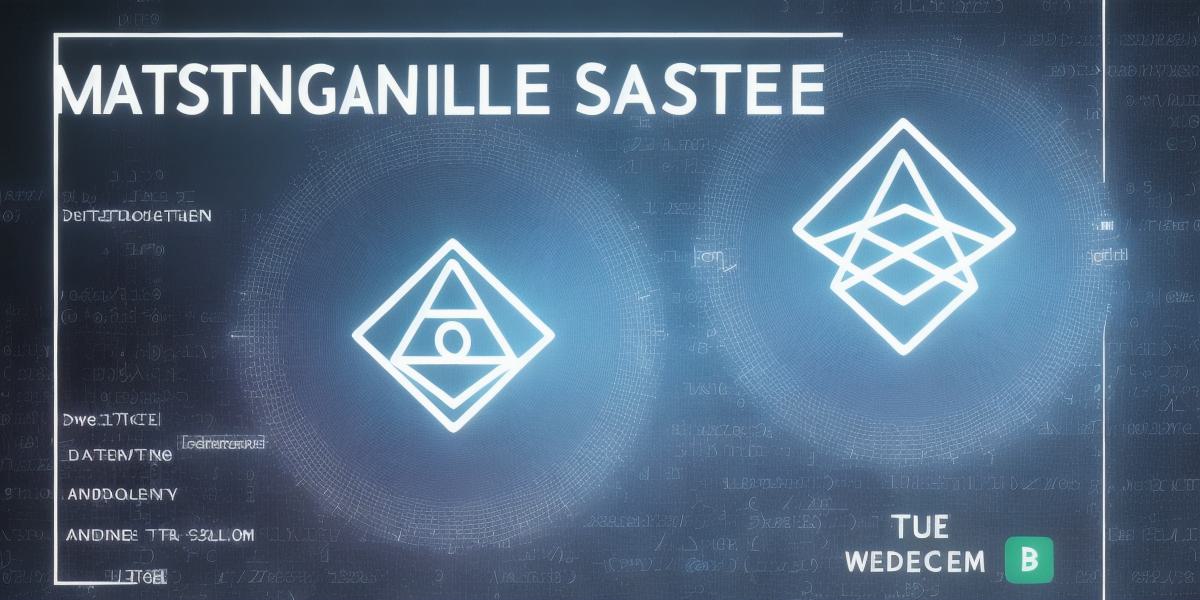Web3.js is a JavaScript library that enables developers to create decentralized applications (dApps) on the blockchain. With the rise of blockchain technology, the demand for skilled Web3.js developers is growing rapidly. This tutorial will provide an in-depth guide on how to master Web3.js and build dApps on top of it.
Web3.js allows developers to create applications that run on a decentralized network, rather than a central server. This offers several advantages over traditional web applications. For example, decentralized applications are more secure because they do not rely on a single point of failure. They are also more transparent because all transactions and data are stored on the blockchain, which is publicly accessible and immutable.

Before diving into Web3.js, it’s important to have a solid understanding of JavaScript and web development fundamentals. However, if you’re already familiar with these concepts, you can start building dApps in no time.
The first step in building a dApp using Web3.js is to set up your development environment. You’ll need to install Node.js, which is the runtime environment for JavaScript, and Truffle, which is a suite of tools for building and testing smart contracts on Ethereum. Once you have these tools installed, you can create a new project using the truffle init command.
Next, you’ll need to write your smart contract code. Smart contracts are self-executing programs that run on the blockchain and facilitate transactions between users. They are written in Solidity, which is a programming language specifically designed for writing smart contracts on Ethereum. There are many resources available online for learning Solidity, including tutorials, documentation, and video courses.
Once you have your smart contract code written, you can use Web3.js to interact with it from your frontend application. Web3.js provides a simple API that allows developers to make calls to the blockchain and retrieve data. This enables you to build interactive and dynamic dApps that respond to user input in real-time.
One of the key benefits of using Web3.js is the ability to create applications that are truly decentralized. Unlike traditional web applications, which rely on a central server to store and process data, dApps built with Web3.js are entirely self-contained and run directly on the blockchain.

In conclusion, mastering Web3.js is an essential skill for any developer looking to build decentralized applications. With its simplicity and flexibility, Web3.js makes it easy to create applications that are secure, transparent, and entirely self-sufficient. By following this tutorial and experimenting with different projects, you’ll be well on your way to building your own dApps using Web3.js.
